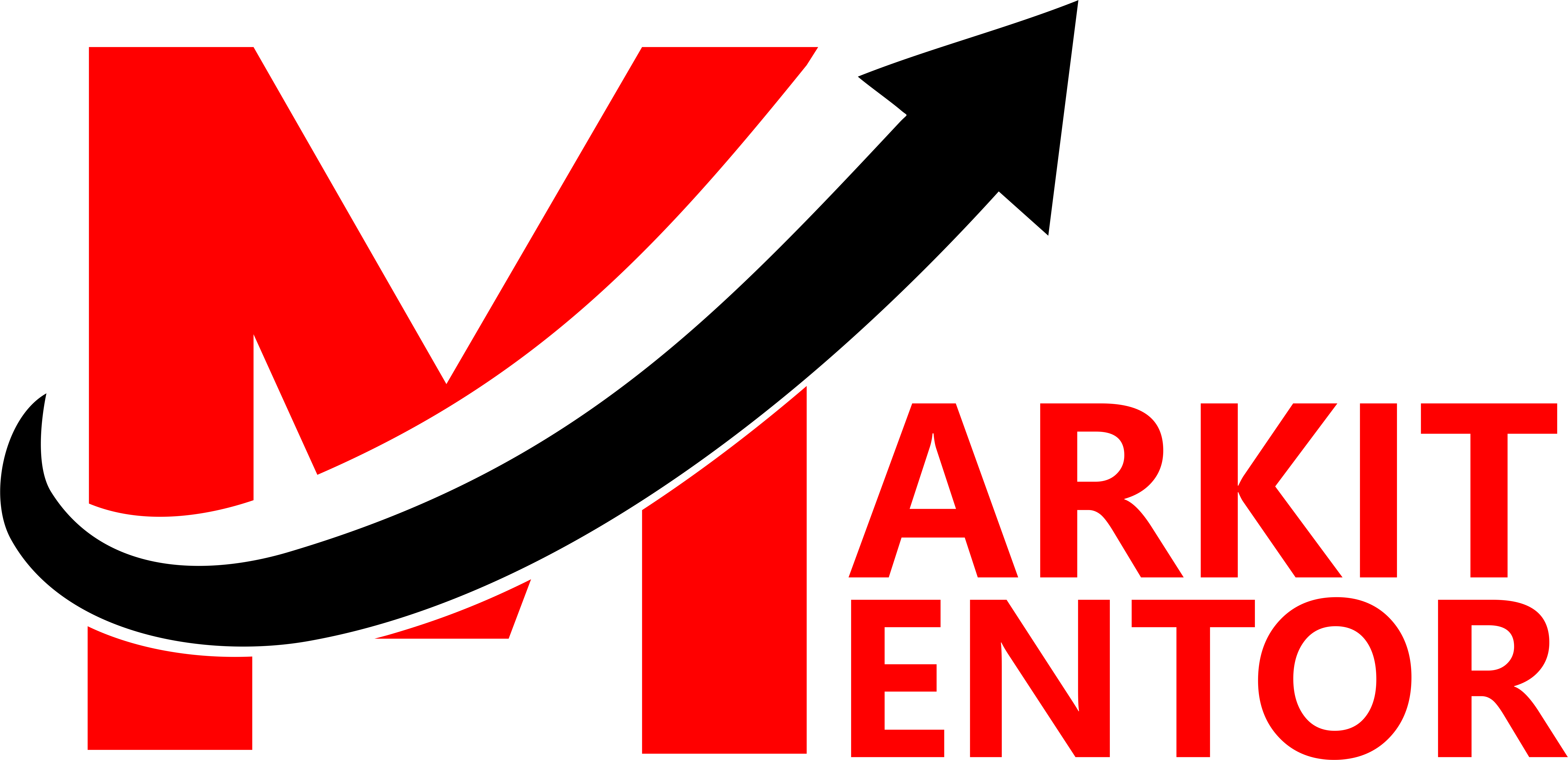In the vast digital landscape, where websites compete for the spotlight, mastering technical SEO has become an indispensable aspect of digital marketing strategy. Behind the scenes, technical SEO forms the foundation upon which search engines crawl, index, and rank websites. This blog will take you on a journey through the intricacies of technical SEO, offering insights and strategies to elevate your website’s search visibility and user experience.
Understanding Technical SEO
Technical SEO encompasses a range of optimizations that focus on the backend of your website to enhance its crawlability, indexability, and overall performance. These optimizations lay the groundwork for search engines to understand and rank your content effectively. Here are some crucial aspects of technical SEO:
Website Speed and Performance
Website speed is a critical factor in user experience and search engine rankings. Slow-loading websites can lead to high bounce rates and diminished user satisfaction. Optimizing images, leveraging browser caching, and minimizing server response times are some ways to improve website speed.
Mobile Friendliness
With mobile devices dominating internet usage, Google considers mobile friendliness a ranking factor. Responsive design, fast mobile page loading, and a user-friendly mobile interface are essential for catering to mobile users effectively.
XML Sitemaps and Robots.txt
XML sitemaps provide search engines with a roadmap of your website’s content, aiding in efficient crawling and indexing. On the other hand, the robots.txt file guides search engine bots on which parts of your site to crawl and index, preventing unnecessary indexing of sensitive or duplicate content.
Site Structure and Navigation
A well-organized site structure with clear navigation enhances user experience and helps search engines understand the hierarchy and relevance of your content. Use a logical hierarchy of categories and subcategories to make navigation intuitive.
URL Structure and Canonicalization
Clean and descriptive URLs contribute to both user experience and search engine understanding. Implement canonical tags to avoid duplicate content issues and consolidate the ranking potential of similar pages.
HTTPS and Security
Secure websites (HTTPS) are favored by search engines, and they provide a safer browsing experience for users. SSL certificates encrypt data exchanged between users and your site, enhancing user trust and potentially improving search rankings.
Structured Data Markup
Structured data markup, in formats like Schema.org, adds context to your content, helping search engines comprehend its meaning. This can lead to rich snippets in search results, enhancing visibility and click through rate.
Indexing and Crawling Issues
Regularly monitor Google Search Console for indexing and crawling errors. Fix issues like broken links, crawl errors, and duplicate content promptly to ensure smooth search engine interactions.
Optimizing Website Speed and Performance
Website speed plays a pivotal role in both user experience and search engine rankings. Slow-loading pages can lead to frustration among users and discourage them from exploring your website further. Additionally, search engines like Google consider page speed as a ranking factor. Here are some advanced strategies to optimize website speed:
- Content Delivery Networks (CDNs): CDNs distribute your website’s content across multiple servers worldwide. This reduces the distance between the user and the server, resulting in faster loading times.
- Minification and Compression: Minify your HTML, CSS, and JavaScript files by removing unnecessary characters, whitespace, and comments. Compress images using lossless or lossy compression to reduce their file sizes without compromising quality.
- Browser Caching: Utilize browser caching to store static resources on a user’s device. When a user revisits your site, these resources can be loaded from their cache, speeding up the page load time.
Advanced Mobile Optimization
Mobile optimization goes beyond responsive design. Here are some advanced techniques to enhance your website’s mobile performance:
- Accelerated Mobile Pages (AMP): Implement AMP, a framework that creates lightweight and ultra-fast versions of your web pages for mobile users. AMP pages are cached by Google and can lead to improved mobile search visibility.
- Progressive Web Apps (PWAs): Convert your website into a PWA to provide a seamless and app-like experience on mobile devices. PWAs can be installed on a user’s home screen, allowing quick access without going through a browser.
Enhancing User Experience Through Structured Data
Structured data markup adds context to your content, helping search engines understand its purpose and meaning. This can lead to rich snippets in search results, which can boost click-through rates and visibility. Advanced strategies for structured data include:
- FAQs and How-To Markup: Implement FAQ and How-To structured data to provide concise answers to common questions directly in search results, increasing your content’s visibility and authority.
- Product Schema Markup: If you run an e-commerce website, utilize product schema markup to showcase product details like price, availability, and reviews directly in search results.
Holistic Site Structure and Navigation
Creating an intuitive and user-friendly site structure goes beyond navigation menus. Advanced techniques include:
- Breadcrumbs: Implement breadcrumbs to show users the path they’ve taken to reach a particular page. Breadcrumbs offer context and make navigation more seamless.
- Internal Linking Strategy: Develop a comprehensive internal linking strategy that strategically connects relevant pages. Internal links distribute authority across your website and help users discover related content.
Advanced HTTPS Implementation
While enabling HTTPS is a must, advanced implementation involves:
- HSTS (HTTP Strict Transport Security): HSTS ensures that your website is accessed via HTTPS only, preventing any potential security vulnerabilities.
- Certificate Transparency: Implement certificate transparency to enhance the security of SSL certificates and provide transparency about issued certificates.
Regular Auditing and Monitoring
Technical SEO is an ongoing process. Regularly audit your website to identify new issues and ensure existing optimizations remain effective. Monitor your website’s performance, crawl errors, and search engine rankings using tools like Google Search Console, Screaming Frog, and SEMrush.
Read more useful content: What is Digital Marketing
Conclusion
Technical SEO forms the bedrock of online success. Its intricate elements, from optimizing speed and mobile experience to structured data and security measures, shape a website’s search engine visibility and user satisfaction. However, it’s a dynamic field that demands consistent attention and adaptation.
By embracing technical SEO, you establish a strong digital foundation. This synergy between search engine algorithms and user-centric design positions your website for growth in an evolving online ecosystem. Stay committed to mastering technical SEO, and you’ll navigate the digital landscape with confidence, reaping the rewards of enhanced visibility and engagement.
FAQs About Mastering Technical SEO
Q. What is technical SEO, and why is it important?
Technical SEO involves optimizing the backend aspects of your website to enhance search engine crawlability, indexing, and overall performance. It’s crucial for improving search rankings and user experience.
Q. How does website speed impact SEO?
Website speed affects user satisfaction and search engine rankings. Faster-loading sites are favored by both users and search engines, leading to better rankings and reduced bounce rates.
Q. Can technical SEO improve mobile search visibility?
Absolutely. Mobile friendliness and responsive design, along with advanced techniques like Accelerated Mobile Pages (AMP) and Progressive Web Apps (PWAs), can significantly boost your website’s mobile search performance.
Q. What’s the role of structured data in technical SEO?
Structured data markup adds context to content, helping search engines understand its meaning. This can lead to rich snippets in search results, enhancing visibility and click-through rates.
Q. How can I ensure a holistic site structure?
Creating a well-organized site structure and implementing breadcrumbs and internal linking strategies can improve navigation, user experience, and search engine understanding.
Q. Is HTTPS essential for technical SEO?
Yes, HTTPS is a fundamental aspect of technical SEO. Secure websites are favored by search engines, enhance user trust, and can positively impact rankings.
Q. What’s the significance of regular audits and monitoring?
Technical SEO is an ongoing process. Regular audits using tools like Google Search Console and monitoring your website’s performance help identify issues and maintain optimization effectiveness.
Q. How does technical SEO adapt to evolving algorithms?
As search engine algorithms evolve, so must your technical SEO strategies. Staying informed about industry trends and updates is crucial to maintaining effective optimization.
Q. Can technical SEO replace content and backlinks?
Technical SEO complements content and backlinks. While technical optimizations ensure search engines can crawl and index your content effectively, quality content and relevant backlinks remain essential for ranking success.
Q. Is mastering technical SEO a one-time effort?
No, technical SEO requires continuous attention. As technology and search engine algorithms evolve, you need to adapt your strategies to ensure ongoing search visibility and user experience enhancements.











